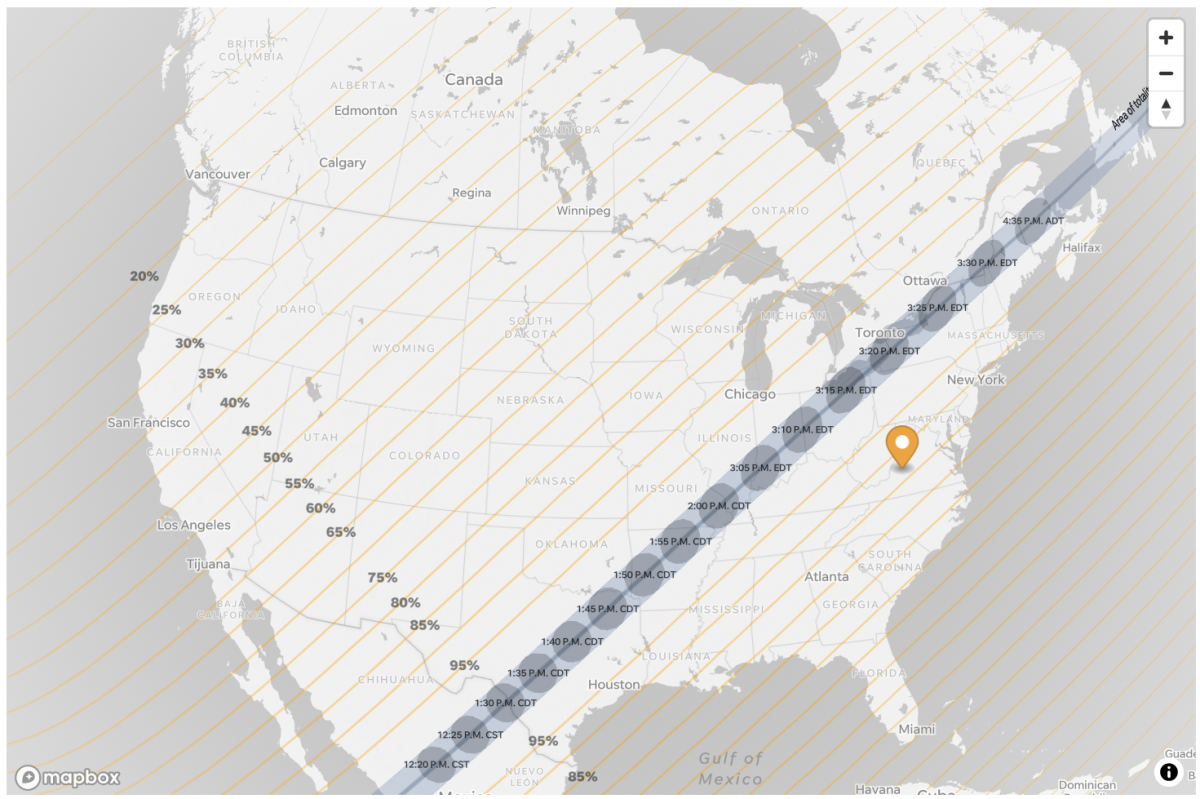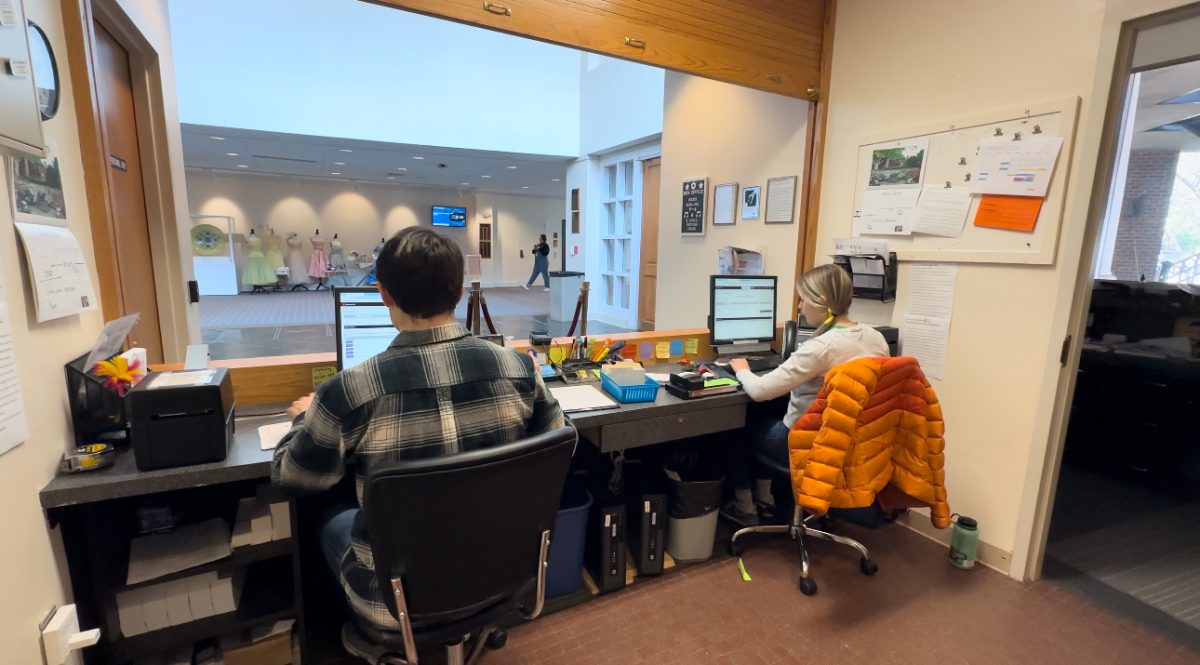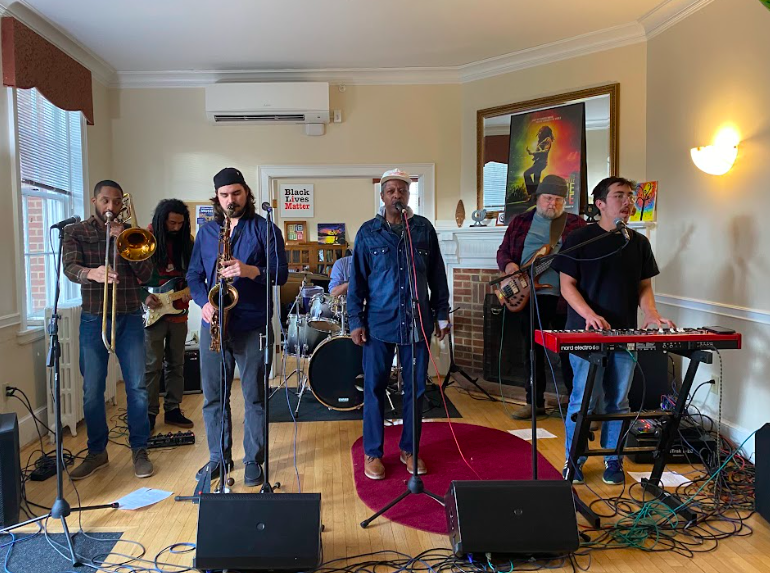Cold, dark, lifeless.
We’re not talking about your mood going into the last week of classes. We’re talking about a rare astronomical event coming to Lexington.
Every U.S. state will experience a partial or total solar eclipse on Monday when the sky will go dark, temperatures will drop and wildlife will pause in confusion, according to NASA. Even the birds will stop chirping.
A total solar eclipse happens when the moon passes between the sun and Earth and blocks the face of the sun. The path of totality — the area where viewers can see the moon completely cover the sun — will stretch from Texas to Maine and beyond, blanketing an estimated 31.6 million people in darkness Monday afternoon, according to NASA.
While Lexington is not in the path of totality, about 87% of the sun will be obscured by the moon during peak viewing times, according to USA Today. Here’s the Ring-tum Phi’s five-step guide to viewing the solar eclipse on campus.
1. Time it right
According to USA Today, the 24450 ZIP code area will experience a partial eclipse starting at 1:59 p.m. and ending at 4:29 p.m. The peak viewing time — when the largest portion of the sun will be covered — will occur at 3:16 p.m.
Clearly, the solar eclipse operates on its own schedule, not by Washington and Lee’s class blocks. If you have a 2:45 class, try petitioning to have class outside or snagging a seat by the window before they’re all taken.
2. Accessorize!
It’s not safe to look at the solar eclipse without specialized eye protection. Viewing any part of the sun through a camera lens, binoculars or a telescope without proper light filters can cause severe eye injury, according to NASA. That means it’s time to get a sweet new pair of high-fashion glasses!
Eclipse glasses are available at the University Store and Leyburn Library, and the Physics and Engineering department will have other viewing equipment free to borrow Monday on the colonnade lawn.
3. Choose a good viewing area
Any outdoor location with a clear view of the sky can make a good eclipse viewing area, especially if you bring along a picnic blanket and a full Coop snack buffet. The colonnade and Outing Club Pavilion are classic choices, but feel free to branch out and find a peaceful spot on the Woods Creek Trail or back campus trails.
Dedicated astronomers should try moving to a higher elevation Monday afternoon. According to Astronomy Magazine, standing at the top of a tall hill or mountain gives you a better chance of seeing the moon’s shadow approaching before the eclipse begins.
Eclipse pros may want to hit the road! Dayton, Ohio, which is just a mere six-hour drive from Lexington, is the closest city that will be in the path of totality.
4. Look around
While the main attraction will be happening in the sky above, be sure to scan the horizon during the peak window of the eclipse. Astronomy Magazine says you’re likely to see a beautiful simultaneous sunrise and sunset.
5. Don’t miss it!
The next total solar eclipse that will be visible from the contiguous United States will be on Aug. 23, 2044, according to NASA. By then, you’ll be in your late 30s or early 40s with real life adult commitments that will keep your attention away from astronomical events. So don’t miss this opportunity!
And, who knows, you may just witness history. Solar eclipses have been recorded for millennia, according to National Geographic, and are tied to some major events of human history: take the eclipse in ancient Greece that made an appearance in Homer’s Odyssey or the 1919 eclipse that helped confirm Albert Einstein’s general theory of relativity.









